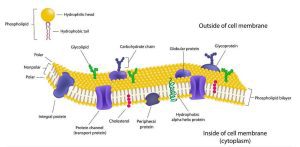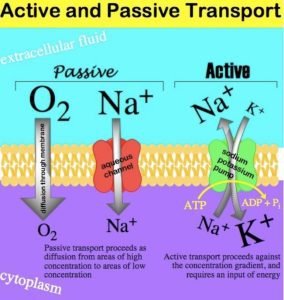AP Biology Unit 2: Cell Structure and Function
Welcome to AP Biology Unit 2! This unit focuses on the cell, the fundamental building block of all living organisms. Understanding the structure and function of various cell components will help you better understand how cells work and interact.
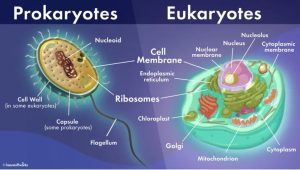
Subcellular and Organelle Components
Knowing subcellular and organelle components is essential because they pop up throughout the course. Here are some of the most critical organelles to understand:
Ribosomes: Composed of ribosomal RNA and protein, ribosomes help synthesize proteins. All life forms have ribosomes, which demonstrates common ancestry.
Endoplasmic Reticulum (ER): Provides mechanical support and aids in intracellular transport. There are two types of ER:
Rough ER: Helps compartmentalize the cell and aids in protein synthesis in ribosomes.
Smooth ER: Involved in detoxification and lipid production, helping maintain cellular homeostasis.
Golgi Complex: A membrane-bound organelle consisting of flattened membrane sacs called cisternae. The Golgi helps in protein folding, modifying, and packaging for transport.
Mitochondria: The powerhouse of the cell, responsible for ATP production. It has its own DNA and a double membrane. The highly folded inner membrane provides increased surface area for electron transport chains, facilitating ATP production.
Cellular respiration occurs in the mitochondria, involving glycolysis, the Citric Acid/Kreb’s Cycle, and oxidative phosphorylation.
Lysosomes: Membrane-enclosed sacs containing hydrolytic enzymes. These enzymes help digest excess cell parts and participate in programmed cell death (apoptosis).
Vacuole: A membrane-bound sac involved in storage and waste management. In plant cells, the large central vacuole retains water, aiding in turgor pressure to maintain rigidity.
Chloroplasts: Found in photosynthetic algae and plants, chloroplasts carry out photosynthesis, converting solar energy into simple sugars. They have a double membrane and thylakoids, which are flattened sacs involved in the light-dependent reactions of photosynthesis.
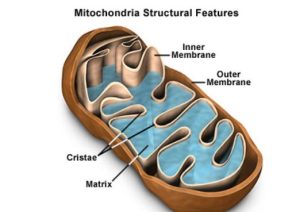
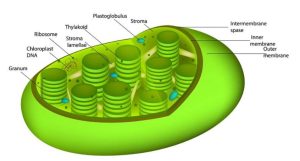
Cell Size
Cell size matters because surface area-to-volume ratios affect the cell’s ability to obtain necessary resources, eliminate waste, and exchange materials. A larger ratio is favorable for efficient transport and overall function.
Plasma Membrane
The plasma membrane is made of a phospholipid bilayer with hydrophobic tails facing inward and hydrophilic heads facing outward. This arrangement creates a semi-permeable barrier that selectively allows certain molecules to pass while preventing others.
Proteins embedded in the membrane play roles in cell recognition, maintaining structural integrity, and acting as channels or pumps to transport molecules.
The movement of molecules across the plasma membrane is regulated by the hydrophobic and hydrophilic properties of the phospholipids. Small, nonpolar molecules can pass freely, while larger molecules require the help of proteins.

Membrane Transport
Membrane transport is essential for maintaining the cell’s internal environment. The movement of molecules across the plasma membrane occurs through different processes:
Passive Transport: Molecules move from an area of high concentration to low concentration without requiring energy.
Active Transport: Molecules move from an area of low concentration to high concentration, requiring energy.
Endocytosis: Bulk material is taken into the cell.
Exocytosis: Bulk material is removed from the cell.

Tonicity and Osmoregulation
Water moves by osmosis from areas of high water potential to low water potential. Osmoregulation allows organisms to maintain water balance and control the internal environment. Water movement always seeks to bring solute concentration to equilibrium.
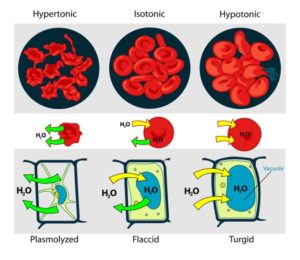
Water potential determines the direction of water movement, and osmoregulation helps cells maintain internal solute balance. The endosymbiotic theory suggests that certain organelles, like mitochondria and chloroplasts, were once free-living prokaryotic cells that became engulfed and now serve a purpose inside eukaryotic cells.
Study Resources
For more in-depth exploration, check out the AP Bio Unit 2 replays or watch the 2021 Unit 2 Cram session. Understanding cell structure and function will provide you with a solid foundation for studying biological systems and processes.











